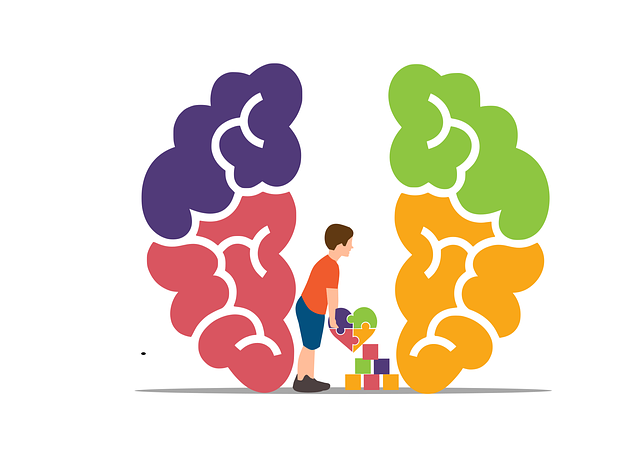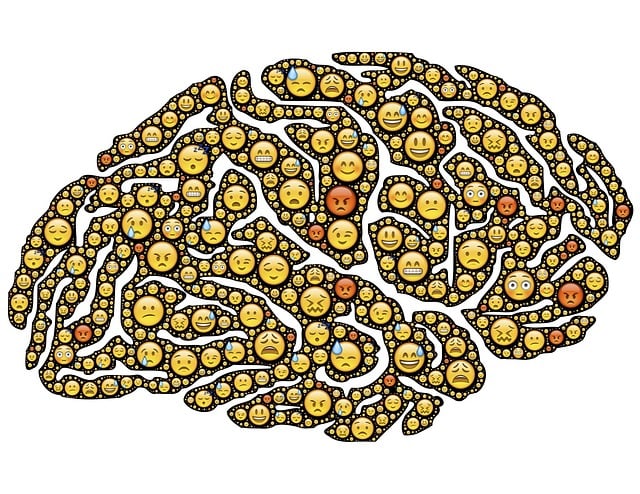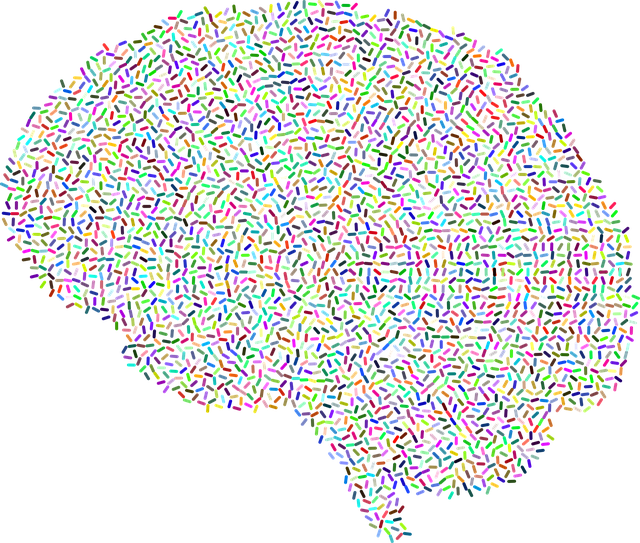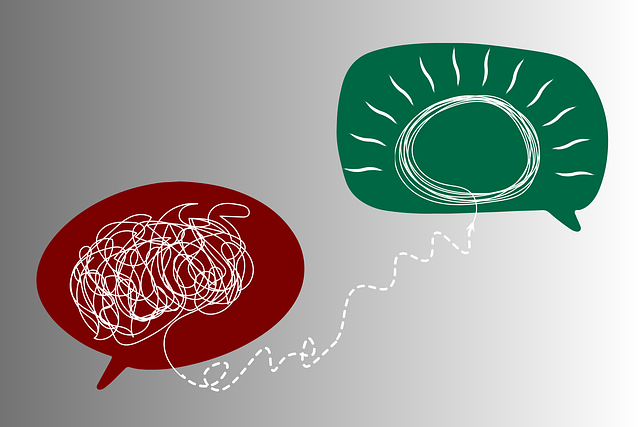Risk assessment is crucial in therapy for children exploring gender identity, requiring therapists to tailor plans considering age, family dynamics, and mental health. By promoting emotional well-being, teaching conflict resolution, and preventing burnout through mindfulness and support groups, therapists enable children to build resilience and adopt positive coping strategies. A dynamic, collaborative approach involving regular meetings with therapists, parents, and the child ensures interventions remain beneficial, with crisis intervention guidance available for acute issues. This proactive strategy fosters self-care skills and agency, contributing to successful outcomes in gender identity therapy.
Risk assessment and harm minimization planning are essential components of providing safe and effective therapy for children with gender identity issues. This article delves into these critical aspects, offering a comprehensive guide for therapists. We explore understanding risk assessment in the unique context of children’s gender identity therapy, highlighting key components of harm minimization planning. Additionally, we provide practical implementation strategies and emphasize continuous evaluation for optimal support.
- Understanding Risk Assessment in Children's Gender Identity Therapy
- Key Components of Harm Minimization Planning
- Implementation and Continuous Evaluation Strategies for Effective Support
Understanding Risk Assessment in Children's Gender Identity Therapy

Risk assessment is a critical component of providing therapy for children exploring their gender identity. It involves a thorough evaluation of potential hazards and challenges that might arise during the therapeutic process, ensuring the safety and well-being of young individuals navigating this sensitive journey. Therapists must consider various factors, including the child’s age, family dynamics, social support systems, and any existing mental health concerns, to create a comprehensive risk minimization plan.
This approach allows for proactive measures to be taken, such as implementing specific Emotional Well-being Promotion Techniques and Compassion Cultivation Practices tailored to address these risks. By fostering Inner Strength Development, therapists can empower children to manage potential challenges, promote positive coping strategies, and enhance their overall resilience. Effective risk assessment enables a more personalized and supportive therapeutic environment, ultimately contributing to successful outcomes in Gender Identity Therapy.
Key Components of Harm Minimization Planning

In developing a harm minimization plan for children navigating therapy related to gender identity, several key components are essential. Firstly, conflict resolution techniques tailored to their age and developmental stage should be integrated into treatment. These can help youngsters manage internalized distress or conflicts arising from societal misconceptions about gender identity expression. Moreover, promoting emotional well-being through therapeutic interventions is paramount. Techniques such as mindfulness practices, cognitive behavioral therapy, and positive affirmations can equip children with coping strategies to enhance their resilience and overall mental health.
Additionally, burnout prevention strategies must be included in the planning process. Given the sensitive nature of gender identity issues, children may face unique challenges leading to emotional exhaustion. By incorporating regular breaks, leisure activities, and supportive peer groups into therapy sessions, practitioners can mitigate these risks. Such measures ensure that the therapeutic journey remains sustainable for the child, fostering a healthier exploration of their gender identity without undue stress or harm.
Implementation and Continuous Evaluation Strategies for Effective Support

Implementing effective support strategies for children navigating therapy related to gender identity requires a dynamic approach. Continuous evaluation is essential to ensure interventions remain relevant and beneficial. Regular meetings with therapists, parents, and the child can provide valuable insights into progress and challenges. This collaborative process allows for adjustments in treatment plans, incorporating new techniques or addressing emerging concerns. For instance, integrating mindfulness meditation practices has shown promise in burnout prevention among both youth and their support systems, fostering resilience throughout therapy.
Additionally, crisis intervention guidance should be readily available to manage any acute issues. Regularly reviewing crisis management plans with the child ensures they feel empowered to seek help independently when needed. This proactive approach promotes self-care skills and a sense of agency, contributing to overall well-being during what can be a complex journey.
In the realm of therapy for children with gender identity concerns, risk assessment and harm minimization planning are indispensable tools. By understanding the nuances of risk assessment in this specific therapeutic context, practitioners can identify potential challenges and implement tailored strategies from harm minimization planning. These proactive measures ensure continuous evaluation and adjustment, fostering a safe and supportive environment for young individuals navigating their gender identities. This comprehensive approach is vital to enhancing outcomes and promoting resilience among those seeking therapy for children’s gender identity issues.








